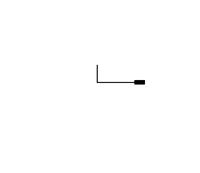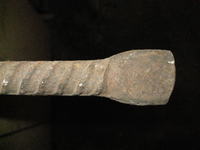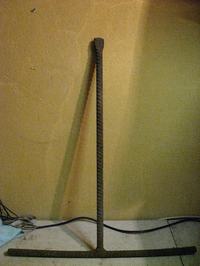Quote: Zbigniew Rusek
Theoretically, everything should run without vents, but there are exceptions. For example, the system is filled with the supply pipeline, not the return pipeline (i.e. not as needed)
Exactly ,,, but it should be filled from the side of the boiler, that's what the connector is for, for draining and filling, and if there are appropriate drops on the radiators, no problem.
Quote: Another reason is, for example, the radiators turned off when the cooperative is filling the installation
And this is a problem of the cooperative, if these radiators do not heat up, you report it to the cooperative and they should worry, you pay the rent and you should not be interested in anything.
A colleague asked about tightening 3 ribs, i.e. the conclusion that he lives in a private house because you cannot do such things on your own in a block of flats.
Quote:
As for the 30-rib radiator, you can "sing" how heavy it is. I think it is in a very large room (e.g. with an area of 50 m2)
I agree, it is heavy as hell, and it stands in the hall and staircase open from the ground floor to the first floor, it is large and, in addition, cubature and it is not like in Arabia. Regards.






